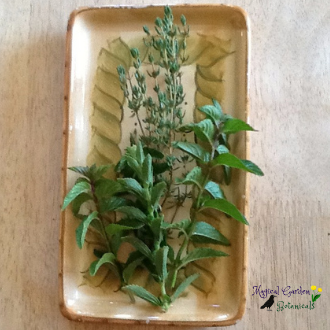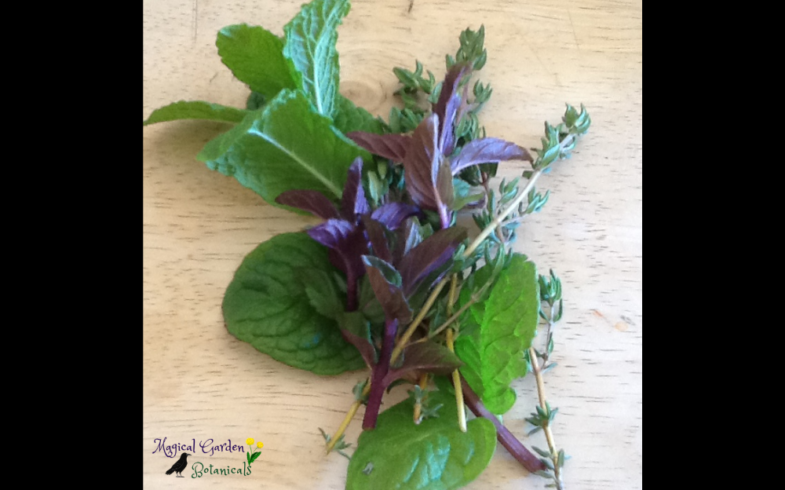Harvest Wellness
There are signs in front of the grocery store. They read- “Get your flu shot today!” As one of my children ponders aloud, why do I want a shot of the flu? I explain that the shot is supposed to prevent the flu. To which the reply is, “I like the tea you make for us much better, mommy.”

There are many, too many to count, suggestions for “cures and treatments” for cold and flu viruses. My preference has always been to provide support to the immune system so that it may function how it has been designed to perform. The one thing I don’t do is overload the body with multiple supplements or treatments. I think less is best in this case. In using multiple treatments it becomes difficult to discern which one truly offered the relief we were hoping for, and so it becomes a waste of resources, money, and/or time. Also, overloading the body will create more of a burden to process the supplements and could even delay healing. A virus needs to “run its course”, and with the proper support, this time can be shortened. Antibiotics are designed to kill bacterial infections, they do not kill viruses. However, they may help in the case of secondary infection due to a lingering virus.
My go-to treatments for common viruses consist of elderberry syrup and tea. Rest, adequate hydration, and nourishing food choices are also an essential part of healing. Depending on symptoms, there are times I may also include a variety of herbal preparations, vitamin supplements, and homeopathic therapy.
Thyme is the main ingredient in the tea I make for viruses. I am able to harvest thyme fresh out of my garden most of the year. However, I harvest the majority of it during the summer and dry it for long term storage.
The preferred time during the growing season to harvest most herbs is while the plant is flowering, or shortly thereafter. In the morning, after the dew has dried, is the optimal time of day to harvest most plants.
We are often led to believe that we need to devote a large plot of land to grow the plants necessary for healing. That isn’t the case. Most herbs can be grown in pots and even indoors. Many herbs are versatile and provide multiple uses such as medicinal, topical, and culinary uses. Several plants that are fairly easy to grow and offer a variety of uses include- lavender, lemon balm, oregano, mint, and thyme.
Instead of heading over to the store for a remedy, harvest wellness from your own garden. Plant a garden, even if it’s a small one or indoors in a pot, and be prepared for the next time the sniffles start.

Daughter of the Earth, Mother of her creations. Ivanna (Evie) doesn’t care for titles, but the ones that fit best are homeschool mom, herbalist, and blogger. Her greatest joy is guiding others to find true wellness within themselves and Mother Earth. When not spending time with her beloved family, she can be found researching everything related to holistic wellness, crafting herbal remedies, or visiting with the plants in the Magical Garden.





Response to "Harvest Wellness"
My go-to is local honey and fresh lemon in a little hot ginger water but elderberry tea sounds divine! Goodness, I'm not looking forward to cold and flu season!
Honey, lemon and ginger are a winning combo.We go through quite a bit of honey during the winter months. 🙂